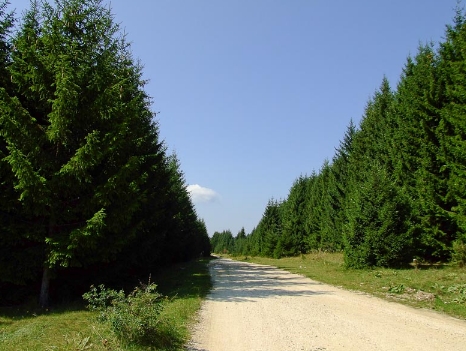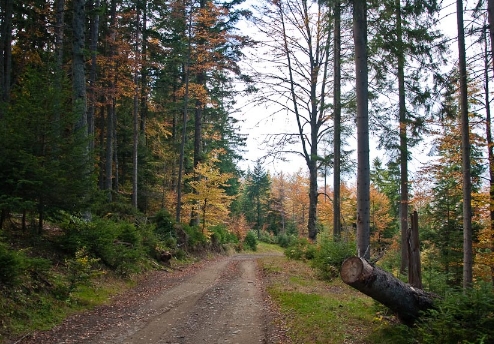Total investment required: 862.000 EUR with maximum deviation +/- 5%
Annual production capacity: 24,000 tones per year
at 70% of maximum capacity
The suggested investment project considers the question of reasonability to launch the production of wood pellets in Serbia. First of all it’s stressed that the demand for this product is permanently growing on the world energy market. It’s primarily caused by advantageous features of wood pellets if to compare them with traditional energy sources like gas, oil, electric power and firewood. Among these benefits such characteristics as sustainability, compactness, convenient storing, absence of decomposition, low wastage, easy transporting and etc are mentioned. Therefore, the need in this fuel in lots of countries increases annually and for the time being the demand prevails over supply. According to the statistics presented by the Serbian Chamber of Commerce (SCC), today the annual demand for wood pellets in the EU constitutes about 40 million tones.
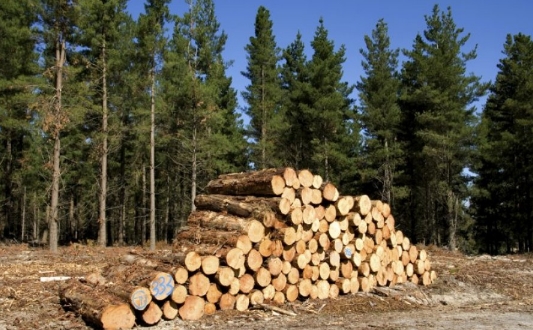
The production planned is supposed to be located not farther than 50 km from the raw material base. Such distance is economically acceptable if to take transporting costs into consideration. Over 50 % of the territory used will be covered with forests (it’s over 100.000 ha). The main idea of the developed project is to arrange collecting and pelleting forest waste and the waste from sawmills. The ways of feedstock delivery are also thought over and described.
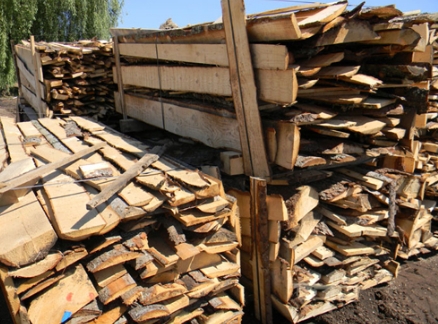
In the section "Wood residues" the technical characteristics of wood and wood waste are given. It’s noted that wood waste may reach 18% of the gross timber volume. Moreover, in forests for every 100 m3 of a forest 15 m3 of brushwood and approximately 25 - 30 m3 of roots remain. It’s a really sufficient volume for organizing and supporting a permanent wood pellet production process.
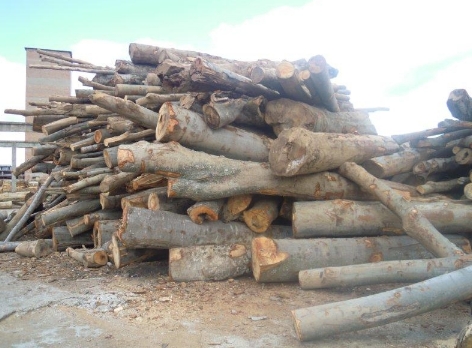
The second part of the business plan is devoted to the investment analysis of the pellet plant. The intended production volume is 24 000 tones per year, the maximum capacity – 70%. The required investments are planned to be spent for building works, transformer stations, a wood pellet line, a truck with a crane and trailer, a loader with attachments, a forklift, as well as a permanent working capital and some other production needs. Then the description of those items is given, including detailed schemes and the components of a planned wood pellet line, the pictures, technical characteristics and prices for a truck with a crane and a trailer, a loader with attachments and a forklift, and also expenditure items of the permanent working capital and some other costs.

The Analysis of the investments at the pellet plant depicts the annual consumption of primary materials (their quantity, prices and values), costs for salaries (positions, number of needed people, their wages), electricity consumption, maintenance costs, packaging costs and other expenses. Then the calculation of the total expenditure on the annual basis is presented.
With the help of such rates as the maximal sum needed for producing one tone of pellets and "the planned minimal selling price the annual revenue, gross profit and net profit are calculated. These are the key figures in the present business plan showing the future investors and users the actual effectiveness, profitability and a high potential of the project.
The final paragraph "Anticipated manner of cooperation with a potential investor" describes the basic principles of business relations with a future investor of the wood pellet project. For example, the distribution of shares of the plant and the distribution of profits are given.
The present business plan proves that the developed project on producing fuel pellets from wood waste is viable and having good prospects. It would be really valuable for future investors due to its profitability, novelty and a high demand for such kind of production on the Serbian and world energy markets. Moreover, such advantages of the planned business as a competitive sale price of the ready production, lots of additional working places for Serbian citizens, the situation of the plant in the European Union give really good chances to these intentions to be successfully implemented, make significant investments in the Serbian energetic sector and by-turn bring good revenues both for the investors and the initiators of the project.
